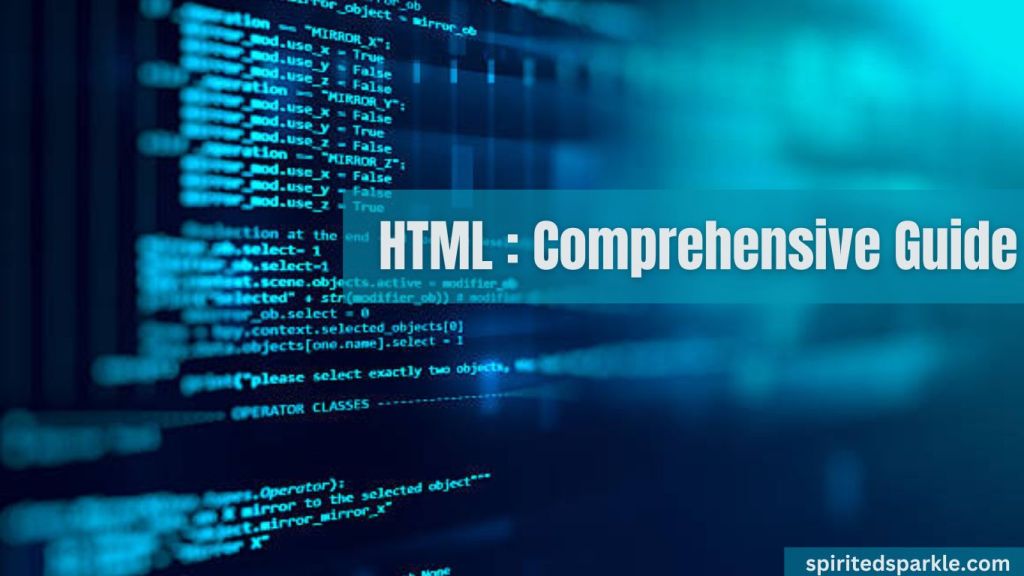
Embarking on the exciting journey of web development requires a solid grasp of HTML (Hypertext Markup Language). HTML is instrumental in structuring content on the internet since it is the primary language used to create and design web pages. This article is your gateway to HTML basics, providing the essential knowledge you need to kickstart your web development journey.
HTML Basics
HTML, or Hypertext Markup Language, is the standard language used to create and design web pages. It serves as the backbone of web development, allowing you to organize content on the internet. In essence, HTML is the language that browsers understand, allowing them to display images, text, links, and other elements on your screen.
HTML Syntax & Structure
Before delving into HTML basics, let’s understand the syntax and structure of an HTML document first. HTML defines its elements using a tag-based structure. Each element is enclosed in opening and closing tags, with content sandwiched in between. For example, the basic structure of an HTML document looks like this:

Here, the HTML version has been specified using the ‘<!DOCTYPE html>’ declaration, and a basic HTML document with a title and some content has been created.
HTML Elements and Tags
In HTML, elements are the fundamental units of a webpage. They can be as simple as a paragraph (‘<p>’) or as complex as a form (‘form’). Let’s explore some common HTML elements:
- Headings: ‘<h1>’, ‘<h2>’,…, ‘<h6>’
- Paragraph: ‘<p>’
- Link: ;<a href=”your_link_here”>Your Link Text </a>’
- Image: ‘<img src=”your_image_source” alt =”description”>
- List: ;<ul>’, ‘<ol>’, ‘<li>’
It is essential to comprehend these fundamental components to properly structure content.
HTML Document Structure
Each HTML document has a specified format. The document is wrapped in the ‘<html>’ tag, while the ‘<head>’ and ‘<body>’ tags hold the actual content and metadata, respectively. The ‘<title>’ tag within the head section sets the title of the webpage, which appears in the browser tab.
In conclusion, this brief overview of HTML basics has provided you with a starting point for your web development journey. Remember, HTML is the backbone of the web, and building interesting and well-organized web pages requires an understanding of its principles.
As you delve deeper into the world of web development, you’ll discover additional HTML elements, attributes, and sophisticated techniques. Maintain your curiosity and practice frequently, and you’ll soon be creating web pages with assurance.
Stay tuned to learn more about HTML. Happy Coding!


